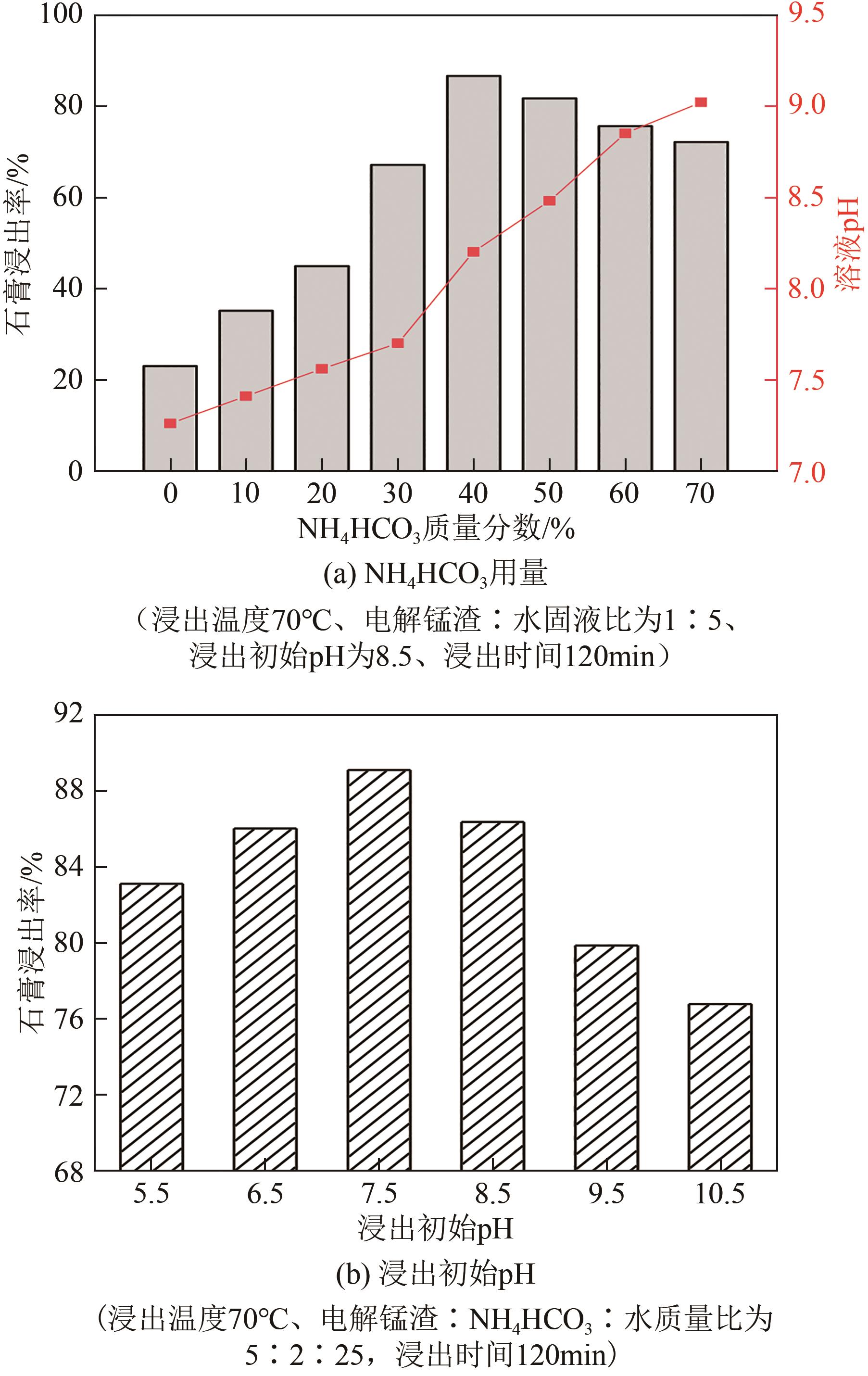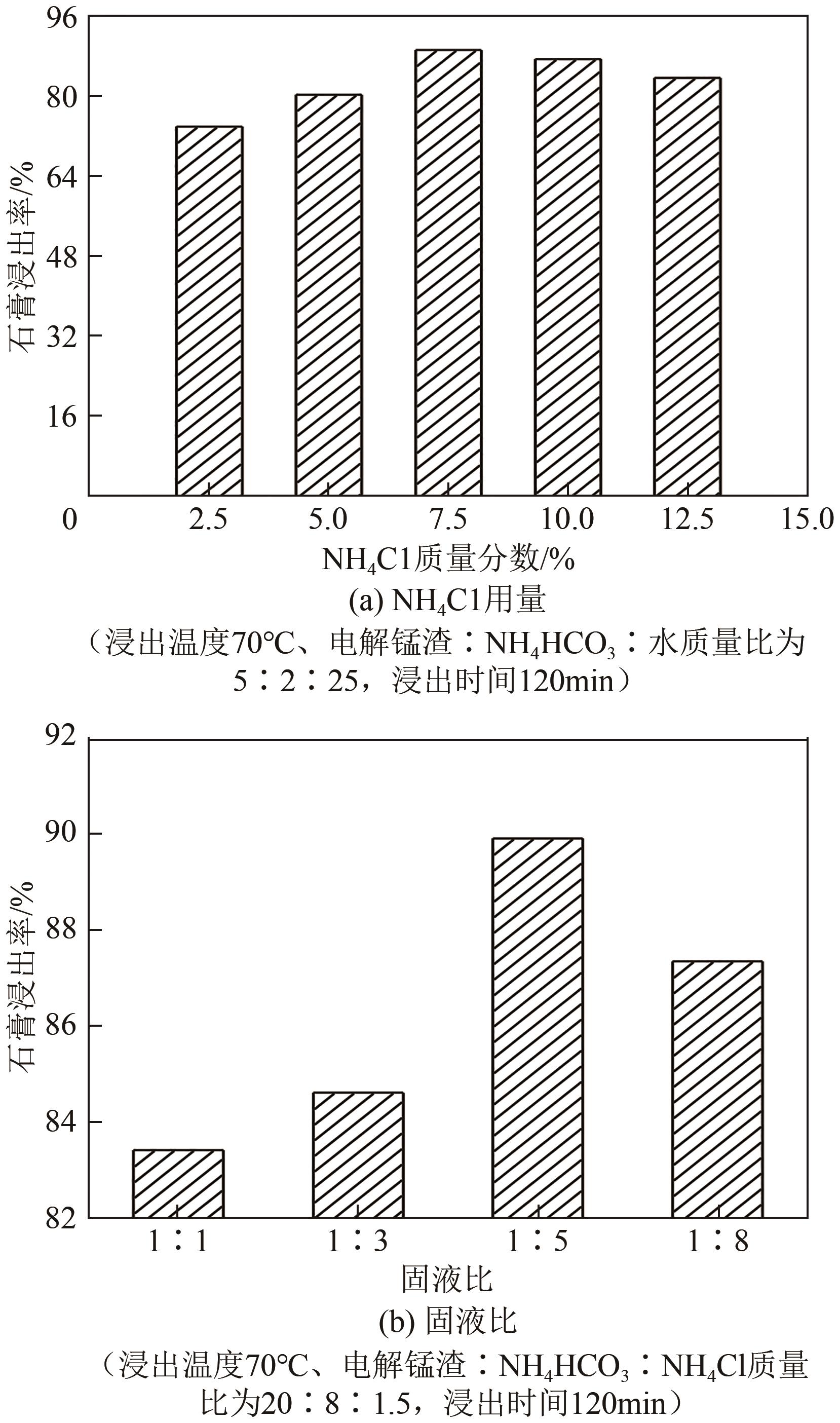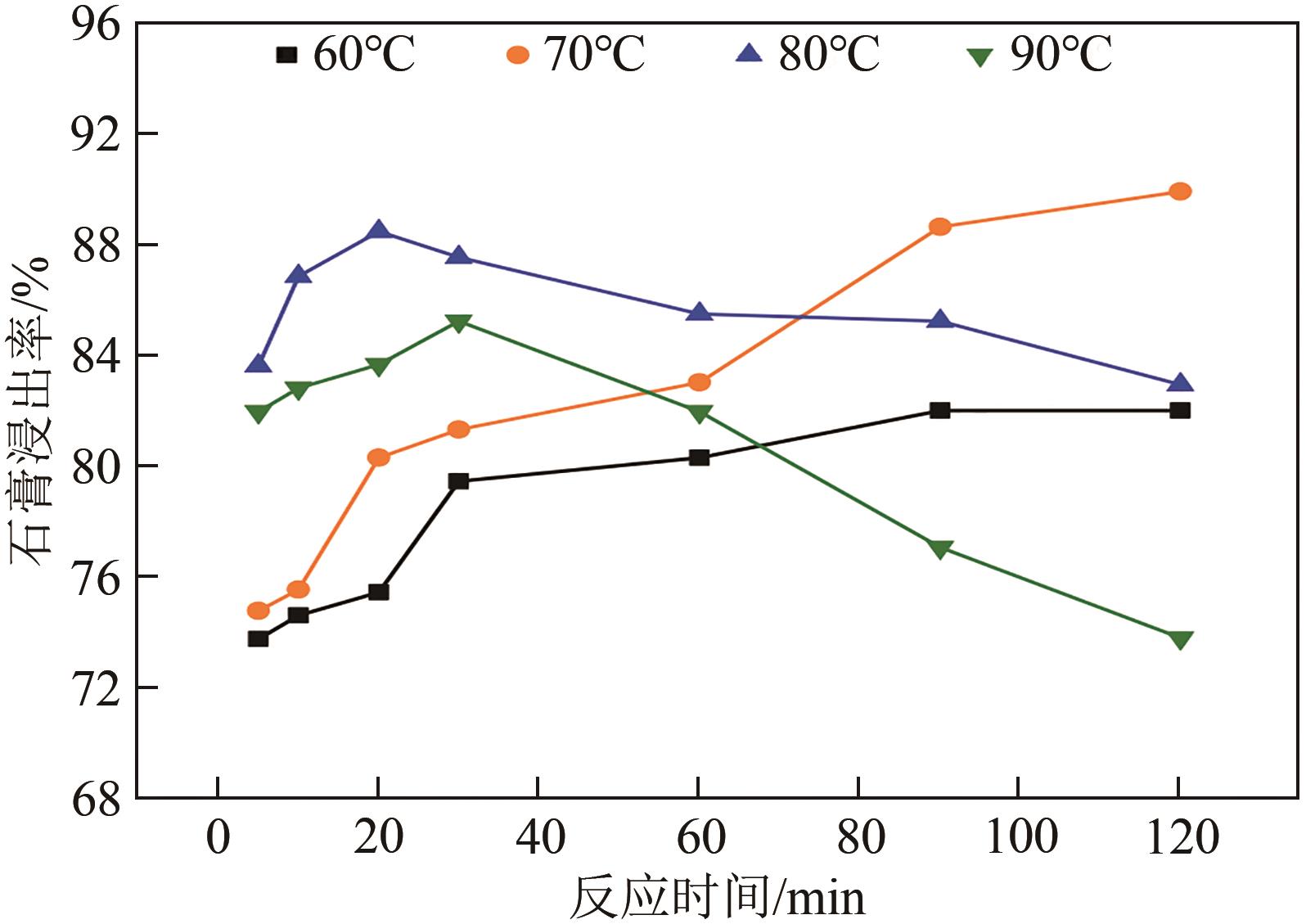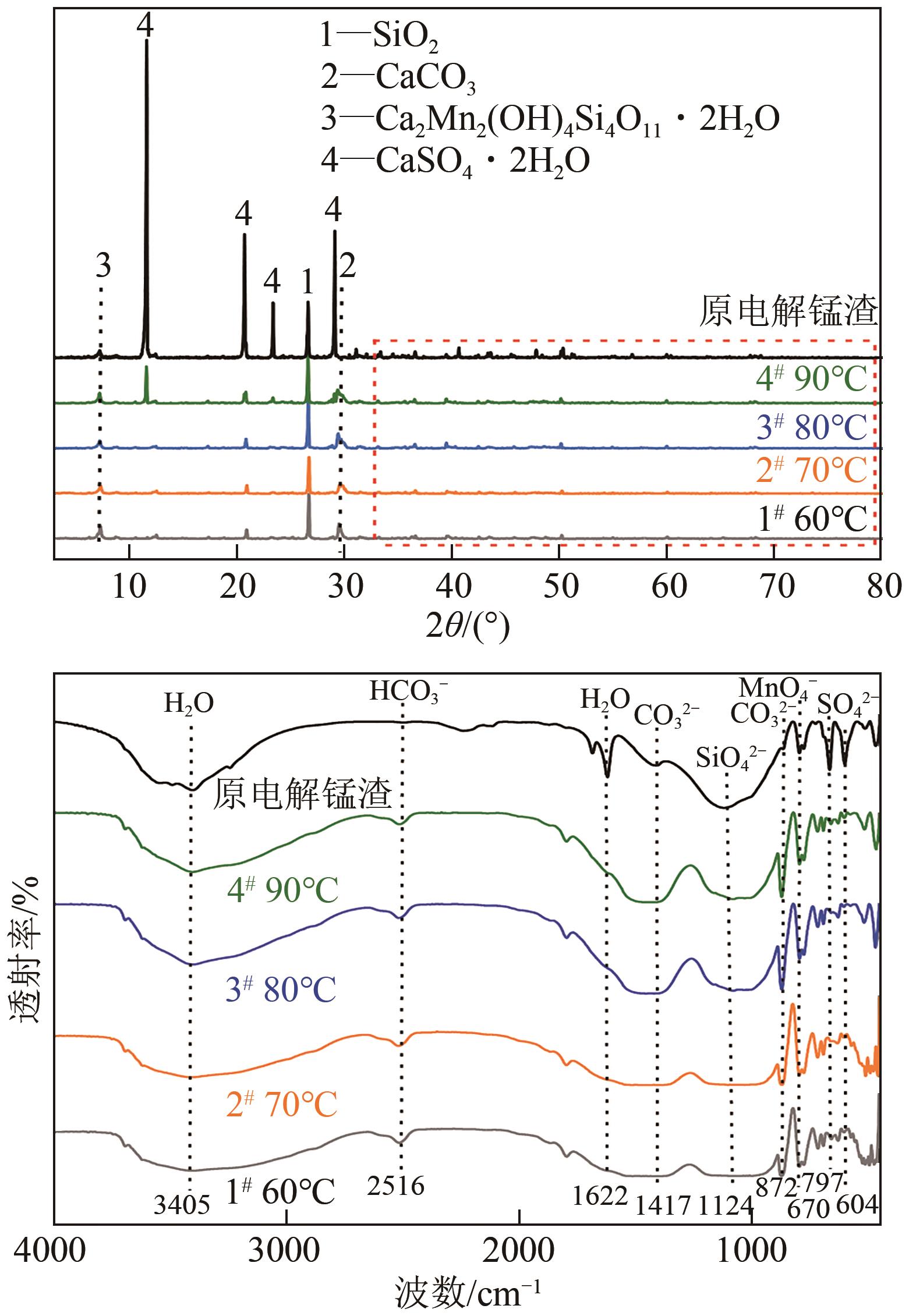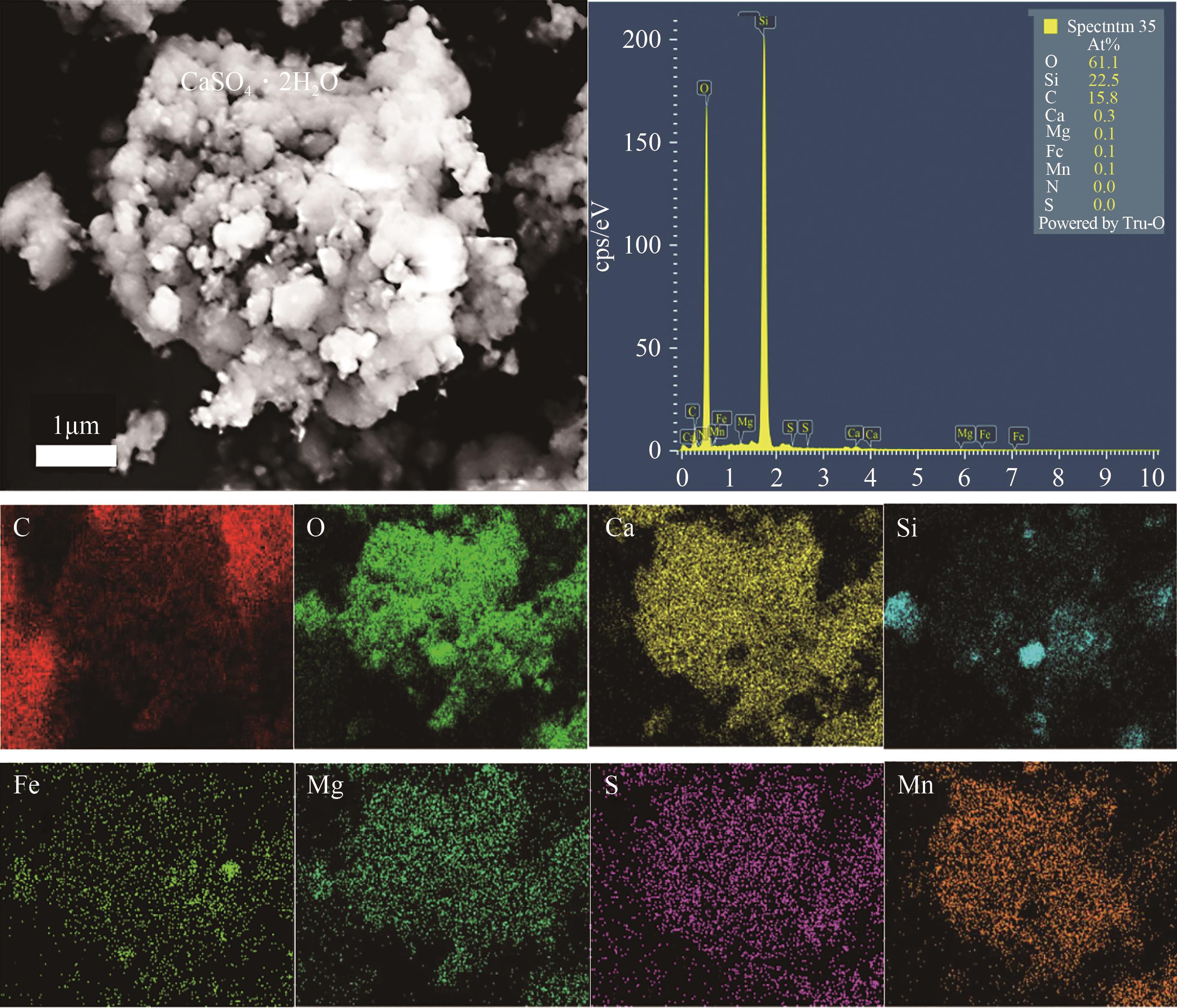| 1 |
徐金荣. 电解锰渣无害化处理技术及资源化利用研究进展[J]. 中国锰业, 2020, 38(6): 1-6.
|
|
XU Jinrong. A research progress on harmless treatment technology and resource utilization of electrolytic manganese residue[J]. China’s Manganese Industry, 2020, 38(6): 1-6.
|
| 2 |
LI Jia, Ying LYU, JIAO Xiangke, et al. Electrolytic manganese residue based autoclaved bricks with Ca(OH)2 and thermal-mechanical activated K-feldspar additions[J]. Construction and Building Materials, 2020, 230: 116848.
|
| 3 |
王瑞祥, 赵鑫, 李棉, 等. 铜冶炼炉渣浮选尾矿的硫酸浸出及动力学研究[J]. 金属矿山, 2017(12): 189-193.
|
|
WANG Ruixiang, ZHAO Xin, LI Mian, et al. Sulfuric acid leaching and kinetics of flotation tailings from copper smelting slag[J]. Metal Mine, 2017(12): 189-193.
|
| 4 |
谭立群, 杨娟. 2021年1—2月电解金属锰创新联盟运行简报[J]. 中国锰业, 2021, 39(1): 68-69.
|
|
TAN Liqun, YANG Juan. January to February 2021 operation briefing of electrolytic manganese metal innovation alliance, 2021[J]. China Manganese Industry, 2021, 39(1): 68-69.
|
| 5 |
全国锰业技术委员会. 大变局下的电解金属锰企业救赎之路[J]. 中国锰业, 2021, 39(1): 1-2.
|
|
China National Mn Industry Technology Committee. The road to redemption of electrolytic metal manganese enterprises under the great change[J]. China Manganese Industry, 2021, 39(1): 1-2.
|
| 6 |
何德军, 舒建成, 陈梦君, 等. 电解锰渣建材资源化研究现状与展望[J]. 化工进展, 2020, 39(10): 4227-4237.
|
|
HE Dejun, SHU Jiancheng, CHEN Mengjun, et al. Current status and future prospects of electrolytic manganese residue reused as building materials[J]. Chemical Industry and Engineering Progress, 2020, 39(10): 4227-4237.
|
| 7 |
WANG Dengquan, WANG Qiang, XUE Junfeng. Reuse of hazardous electrolytic manganese residue: detailed leaching characterization and novel application as a cementitious material[J]. Resources, Conservation and Recycling, 2020, 154: 104645.
|
| 8 |
SHU Jiancheng, CHEN Mengjun, WU Haiping, et al. An innovative method for synergistic stabilization/solidification of Mn2+, NH4 +-N, PO4 3- and F- in electrolytic manganese residue and phosphogypsum[J]. Journal of Hazardous Materials, 2019, 376: 212-222.
|
| 9 |
王智, 孙军, 钱觉时, 等. 电解锰渣中硫酸盐性质的研究[J]. 材料导报, 2010, 24(10): 61-64.
|
|
WANG Zhi, SUN Jun, QIAN Jueshi, et al. Study on sulfate of electrolytic manganese residue[J]. Materials Review, 2010, 24(10): 61-64.
|
| 10 |
国家质量监督检验检疫总局, 中国国家标准化管理委员会. 通用硅酸盐水泥: [S]. 北京: 中国标准出版社, 2008.
|
|
General Administration of Quality Supervision, Inspection and Quarantine of the People’s Republic of China, Standardization Administration of the People’s Republic of China. Common Portland cement: [S]. Beijing: Standards Press of China, 2008.
|
| 11 |
龙谨, 杨凤龙, 吴钦雪, 等. 磷石膏对土壤的性能影响研究综述[J]. 广州化工, 2021, 49(19): 35-37.
|
|
LONG Jin, YANG Fenglong, WU Qinxue, et al. Study on effects of phosphogypsum on soil properties[J]. Guangzhou Chemical Industry, 2021, 49(19): 35-37.
|
| 12 |
陈波, 宋兴福, 许妍霞, 等. 响应面法优化氨碳化-钙转化连续法制备碳酸钙工艺[J]. 无机盐工业, 2016, 48(9): 18-22.
|
|
CHEN Bo, SONG Xingfu, XU Yanxia, et al. Optimization of preparation of calcium carbonate from continuous crystallization process of ammonium carbonate and conversion of calcium sulfate by response surface methodology[J]. Inorganic Chemicals Industry, 2016, 48(9): 18-22.
|
| 13 |
陈红亮, 龙黔, 舒建成, 等. 碳酸盐对电解锰渣中可溶性锰固定和硫酸钙转化的研究[J]. 工业安全与环保, 2017, 43(5): 81-84, 89.
|
|
CHEN Hongliang, LONG Qian, SHU Jiancheng, et al. Study of soluble manganese immobilization and calcium sulfate conversion from electrolytic manganese residue by using carbonate[J]. Industrial Safety and Environmental Protection, 2017, 43(5): 81-84, 89.
|
| 14 |
梁亚琴, 孙红娟, 彭同江. 氯化铵溶液浸取磷石膏中硫酸钙的实验研究[J]. 非金属矿, 2014, 37(4): 69-72.
|
|
LIANG Yaqin, SUN Hongjuan, PENG Tongjiang. Study of the leaching calcium sulfate from phosphogypsum with ammonium chloride solution[J]. Non-Metallic Mines, 2014, 37(4): 69-72.
|
| 15 |
杨晓红, 薛希仕, 张露露, 等. 电解锰渣盐酸浸取钙的动力学研究[J]. 无机盐工业, 2021, 53(1): 82-86.
|
|
YANG Xiaohong, XUE Xishi, ZHANG Lulu, et al. Kinetics study of calcium leaching from electrolytic manganese residue by hydrochloric acid[J]. Inorganic Chemicals Industry, 2021, 53(1): 82-86.
|
| 16 |
冯雅丽, 马玉文, 李浩然. 盐湖副产硫酸钙转化法制备高纯氧化钙[J]. 中南大学学报(自然科学版), 2012, 43(8): 3308-3313.
|
|
FENG Yali, MA Yuwen, LI Haoran. Preparation of high-purity calcium oxide from salt lake by-product calcium sulfate by conversion method[J]. Journal of Central South University (Science and Technology), 2012, 43(8): 3308-3313.
|
| 17 |
刘佳. 磷石膏制备硫酸铵的工艺研究[D]. 贵阳: 贵州大学, 2009.
|
|
LIU Jia. Study on preparation of ammonium sulfate from phosphogypsum[D]. Guiyang: Guizhou University, 2009.
|
| 18 |
吴建锋, 宋谋胜, 徐晓虹, 等. 电解锰渣的综合利用进展与研究展望[J]. 环境工程学报, 2014, 8(7): 2645-2652.
|
|
WU Jianfeng, SONG Musheng, XU Xiaohong, et al. Prospects and advances of comprehensive utilization of electrolytic manganese residue[J]. Chinese Journal of Environmental Engineering, 2014, 8(7): 2645-2652.
|
| 19 |
仵亚妮, 化全县, 汤建伟, 等. 磷石膏制备碳酸钙晶须的工艺研究[J]. 化工矿物与加工, 2011, 40(12): 18-22.
|
|
WU Yani, HUA Quanxian, TANG Jianwei, et al. Studies on preparation technology of calcium carbonate whiskers from phosphogypsum[J]. Industrial Minerals & Processing, 2011, 40(12): 18-22.
|
| 20 |
HU Ruizhu, HUANG Tinglin, WEN Gang, et al. Pilot study on the softening rules and regulation of water at various hardness levels within a chemical crystallization circulating pellet fluidized bed system[J]. Journal of Water Process Engineering, 2021, 41: 102000.
|
| 21 |
CHEN Qiuju, DING Wenjin, SUN Hongjuan, et al. Indirect mineral carbonation of phosphogypsum for CO2 sequestration[J]. Energy, 2020, 206: 118148.
|
| 22 |
BOYD Victoria, YOON Hongkyu, ZHANG Changyong, et al. Influence of Mg2+ on CaCO3 precipitation during subsurface reactive transport in a homogeneous silicon-etched pore network[J]. Geochimica et Cosmochimica Acta, 2014, 135: 321-335.
|
| 23 |
DAVIS K J, DOVE P M, DE YOREO J J. The role of Mg2+ as an impurity in calcite growth[J]. Science, 2000, 290(5494): 1134-1137.
|
| 24 |
田萍, 宁朋歌, 曹宏斌, 等. 二水硫酸钙在铵盐溶液中溶解度测定及热力学计算[J]. 过程工程学报, 2012, 12(4): 625-630.
|
|
TIAN Ping, NING Pengge, CAO Hongbin, et al. Solubility measurement of calcium sulfate dihydrate in NH4Cl-(NH4)2SO4 solutions and thermodynamic calculation[J]. The Chinese Journal of Process Engineering, 2012, 12(4): 625-630.
|
| 25 |
熊双贵, 高之清. 无机化学[M]. 武汉: 华中科技大学出版社, 2011: 86-91.
|
|
XIONG Shuanggui, GAO Zhiqing. Inorganic chemistry[M]. Wuhan: Huazhong University of Science and Technology Press, 2011: 86-91.
|
| 26 |
蓝际荣, 孙燕, 潘滢, 等. 球磨与助剂强化选择性回收电解锰渣中的锰[J]. 中国有色金属学报, 2019, 29(8): 1749-1755.
|
|
LAN Jirong, SUN Yan, PAN Ying, et al. Ball milling and auxiliary enhancement for selective recovery of manganese in EMRs[J]. The Chinese Journal of Nonferrous Metals, 2019, 29(8): 1749-1755.
|
| 27 |
胡瑞柱, 黄廷林, 刘泽男. 碳酸钙诱导结晶动力学影响因素研究[J]. 中国环境科学, 2021, 41(8): 3584-3589.
|
|
HU Ruizhu, HUANG Tinglin, LIU Zenan. Influencing factors of induced crystallization kinetics of calcium carbonate[J]. China Environmental Science, 2021, 41(8): 3584-3589.
|
 ), 舒建成1(
), 舒建成1( ), 杨慧敏1, 赵志胜1, 陈梦君1, 杨勇2,3, 刘仁龙2
), 杨慧敏1, 赵志胜1, 陈梦君1, 杨勇2,3, 刘仁龙2
 ), SHU Jiancheng1(
), SHU Jiancheng1( ), YANG Huimin1, ZHAO Zhisheng1, CHEN Mengjun1, YANG Yong2,3, LIU Renlong2
), YANG Huimin1, ZHAO Zhisheng1, CHEN Mengjun1, YANG Yong2,3, LIU Renlong2
